Affiliate links on Android Authority may earn us a commission. Learn more.
Not all 5G smartphones are created equal

If you’ve been following MWC 2019, you’ll know that 5G (over)hype has arrived in earnest. We now know what the first wave of 5G handsets is shaping up to look like, what their specs are, and even which carriers intend to sell some of them. However, there are still plenty of unknowns about how 5G devices will perform and whether or not they’ll be worth the premium.
The price tags, tariff costs, and battery life are all unknown quantities at this point. But perhaps a bigger issue is just how good a 5G experience these phones will offer. Companies are quick to hype the theoretical download speeds, but the real world will be quite different. In fact, some phones may offer a far superior 5G experience compared to others.
mmWave in a phone isn’t easy
mmWave antenna blocking remains a real problem, even though workarounds have been developed. During MWC, Motorola showed us a live demo of its 5G Moto Mod being used for low latency gaming. Rotating the handset away from the transmitter caused speeds to drop from a steady 2.5Gbps down to as low as 0Gbps, interrupting the low latency streaming being showcased. Speeds almost instantaneously bounded back up and down while the antennas switch on and off to find the optimal one for a connection.
mmWave line-of-sight issues require intelligent use of multiple antennas to solve.
In the real world, this is all done very quickly – in a matter of milliseconds. However, if you’re watching a high throughput live stream – one of the big benefits being touted about 5G – even a short connection drop can be noticeable. The key to mitigating connection problems is to include enough antennas to choose from if one or more of them is blocked — whether it’s by your hand or when you move between cell coverage.
To its credit, Motorola’s implementation is one of the better ideas. The 5G Mod features four antennas. There are two in the top, one forward and one rear facing. There are two more on the sides of the mod, making it virtually impossible to block all four at once.
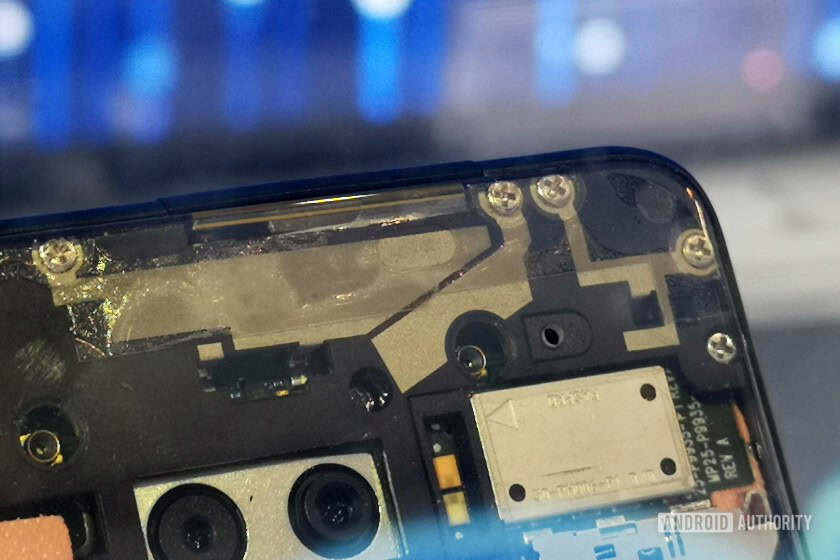
Qualcomm recommends that smartphones make use of three or four of its mmWave antennas placed around the device for this exact reason. However, I have been informed that different 5G smartphones are using very different numbers of antennas.
Unofficial information passed to me indicates that the Samsung Galaxy S10 5G uses four antennas. When asked, Samsung wouldn’t confirm the exact number, instead stating that it has “multiple” antennas inside. The Sony 5G prototype on display at the event apparently features six antennas, one on each edge and two additional modules in the corners. The LG V50 ThinQ 5G, allegedly, only features two – both at the sides.
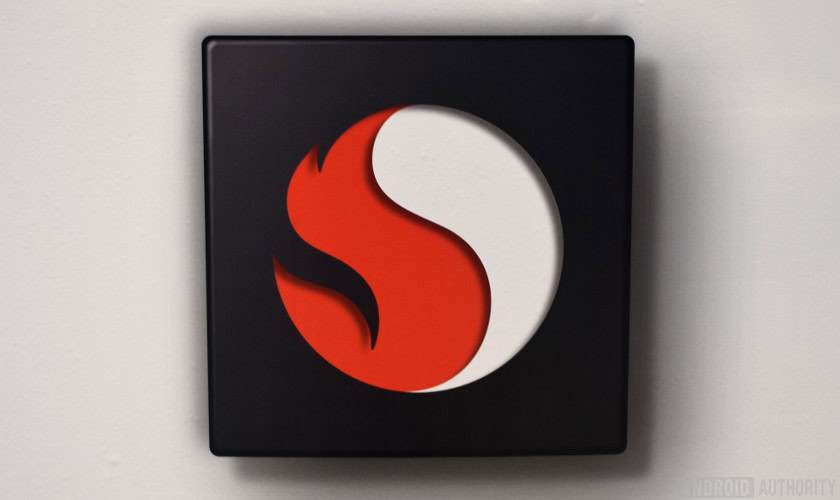
LG refused to confirm or deny the report. The company did mention that the V50’s antenna arrangement depends on a mmWave or sub-6GHz implementation and is also carrier dependent. LG said it couldn’t provide further comment without knowing the model in question. This raises the worrying prospect of multiple 5G models sporting different networking technologies. If true, this could reduce 5G performance when roaming or importing phones to work with different network designs and carriers.
This isn’t a new concern of mine, I raised this potential issue to Qualcomm ahead of MWC. The company expects to see OEMs broadly support sub-6GHz and mmWave technologies because it is more cost effective and simplifies development for global smartphone launches. However, this doesn’t appear to be the case where carrier and region-specific 5G launches are concerned.
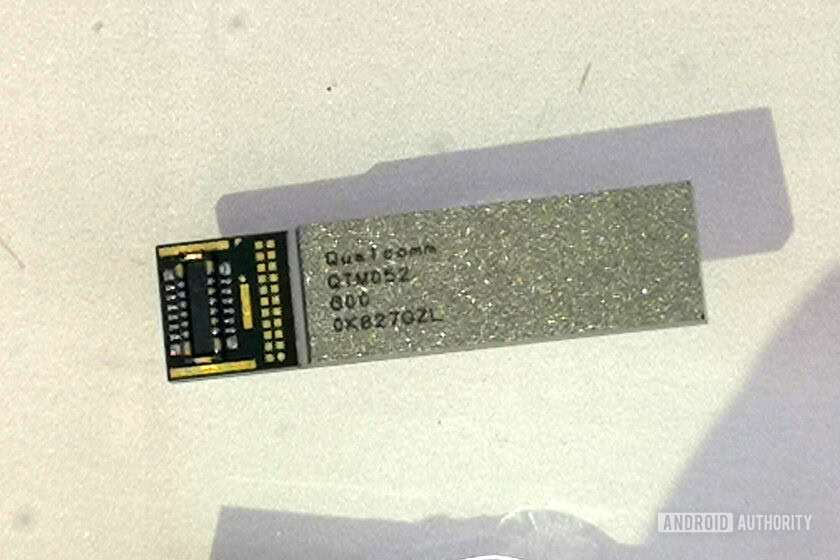
More antennas equal worse battery life
With that in mind, the six antennae Sony 5G prototype sounds like a much better solution. However, that’s not strictly the case either. Larger antenna counts consume more power. First by virtue of potentially having more antennas to power at once. Secondly, switching and settling on the best antenna requires additional time and processing when network conditions change, which also consumes more power. In reality, Sony’s final 5G phone could well use fewer antennas to improve battery life.
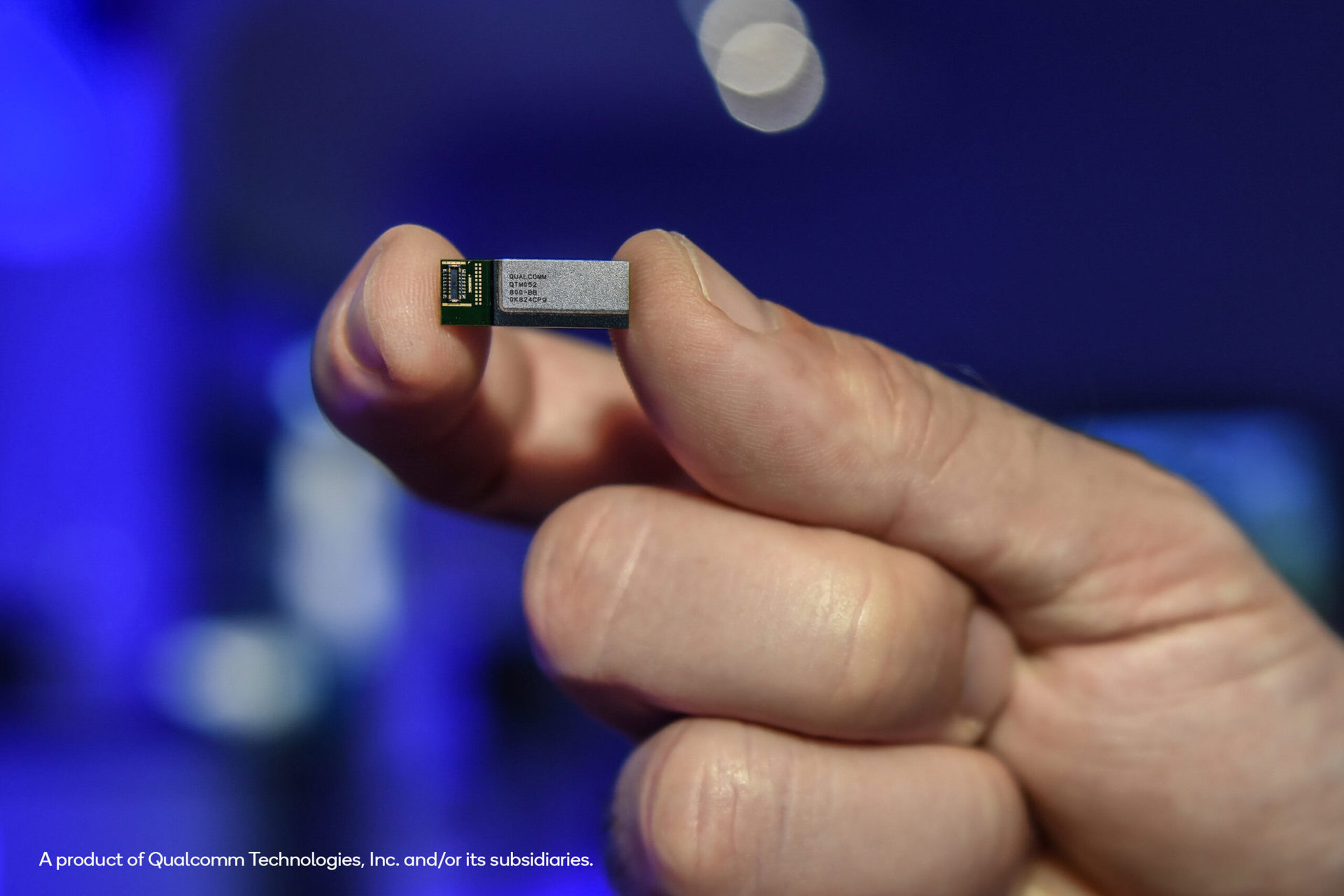
While the reported configuration inside the LG V50 ThinQ 5G might seem suboptimal in terms of performance, it is more optimal in terms of battery life. Those worried about the phone’s modest boost to battery capacity perhaps shouldn’t be so concerned. The biggest question yet to be answered is whether the phone’s 5G experience matches what consumers would expect.
There’s a balancing act to be found between power consumption and ensuring a reliable mmWave connection. Although smartphone vendors will have undertaken plenty of research and testing while developing their first products, the sweet spot might take a while to perfect.
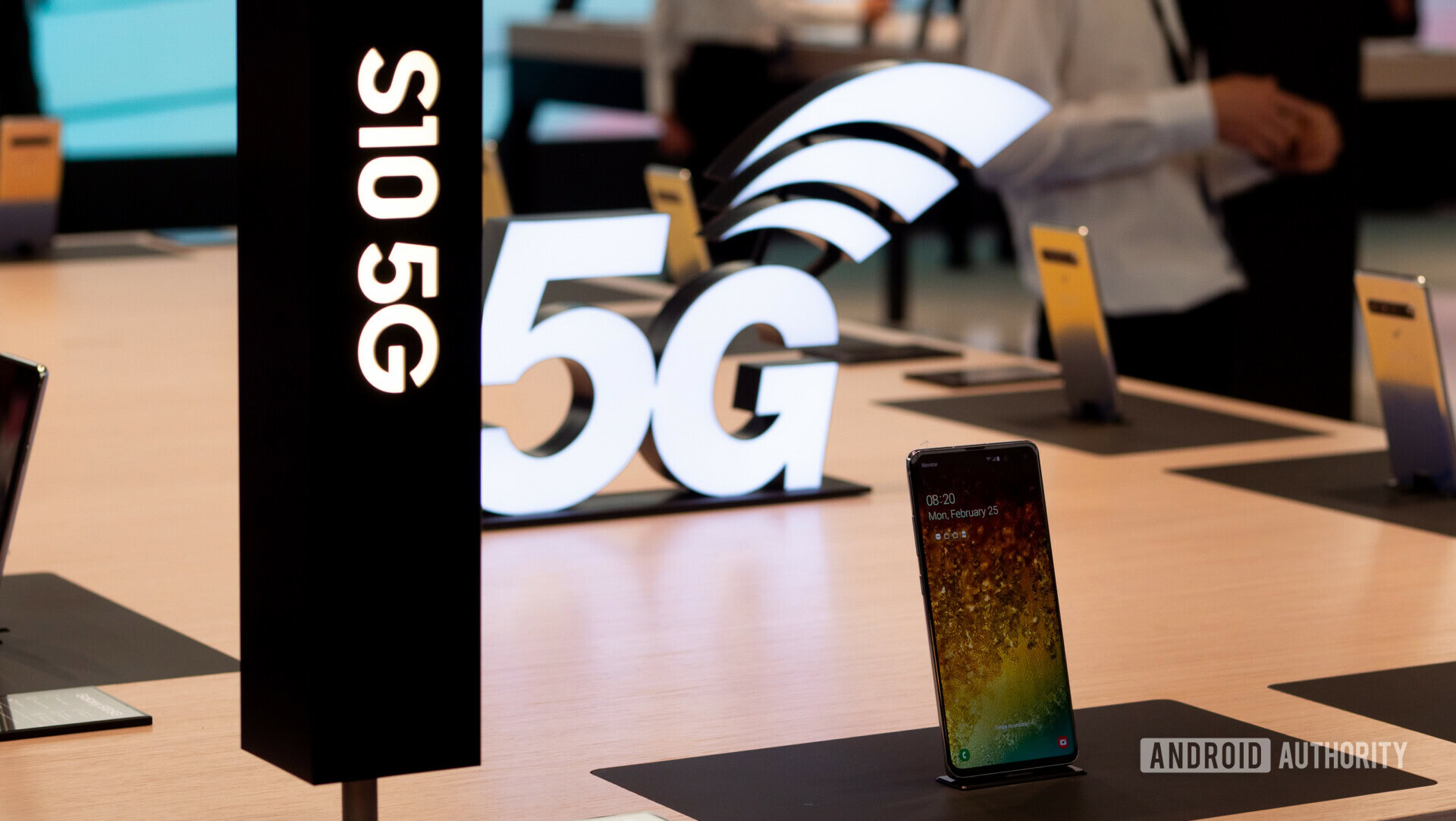
Early adopters beware
There’s a very good case for 5G technology, but, despite the hype, its still in its infancy. Early adopters are often willing to accept the growing pains of any new technology, but ensuring a consistent, predictable user experience is important, even in these early stages.
Just like Bluetooth, 5G performance could vary a lot from phone to phone.
During MWC I spent some time talking to Samsung about 5G, and the company is keenly aware of consumer expectations and some of the nuances that go into providing the right kind of user experience. For example, the company has gone to pains to ensure that not only does its antenna switching technology looks for the best connection, but also avoids radio transmissions to the human body for a low SAR. The company is also actively engaged with carriers about when 5G logos should be displayed on early 5G Non-Standalone networks. That might seem trivial, but it’s an important detail if your phone isn’t actually downloading over 5G all the time.
5G, much like 4G, will undergo its own pain points and improvements. 5G modems and other technologies will certainly improve over the next two years and manufacturers will get a better handle on their designs and trade-offs. Some differences between devices are inevitable, but I certainly hope we don’t see early 5G smartphones charging a premium for a second-rate experience.
All of the above being said, we’ll reserve judgment until these 5G smartphones are in our hands.